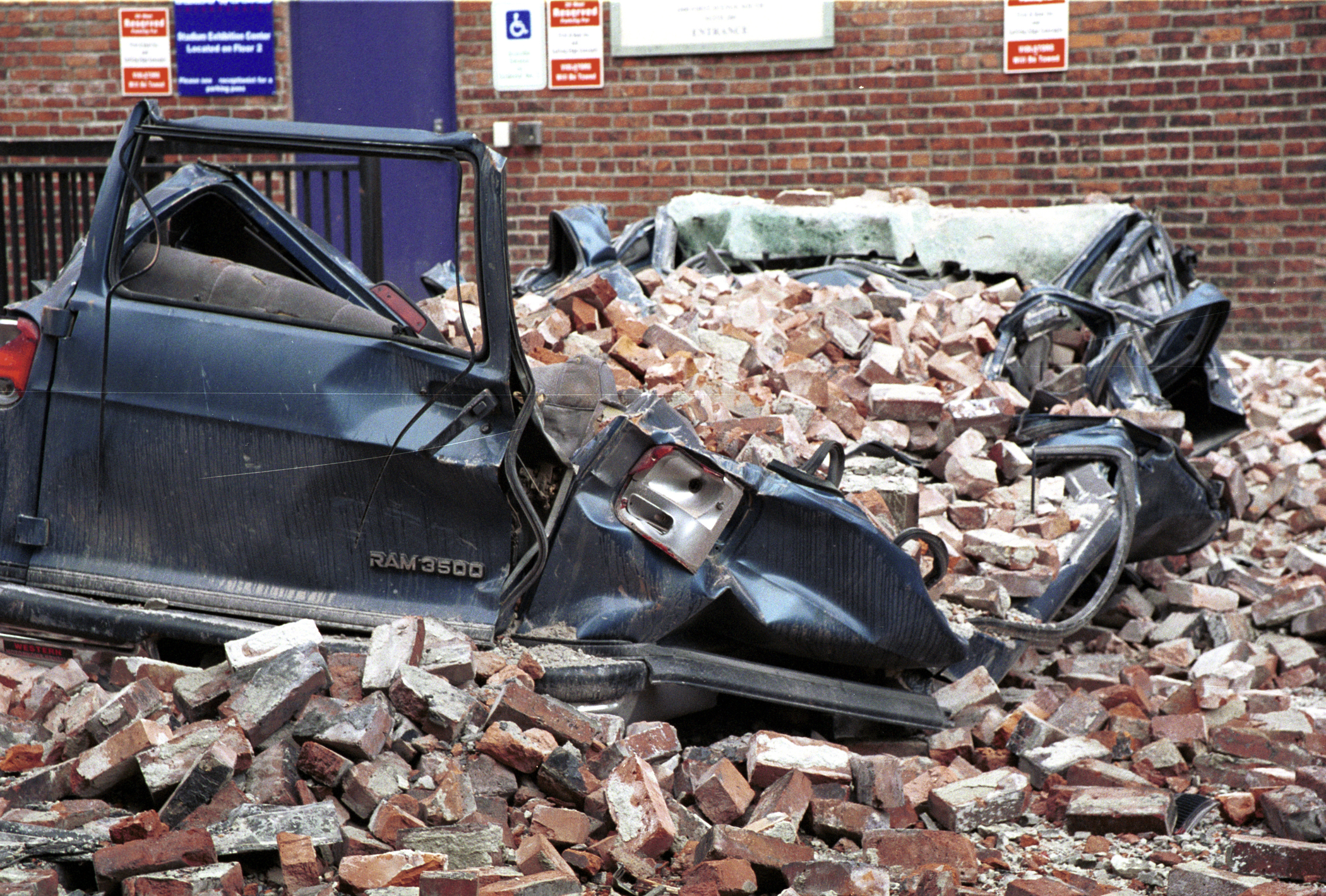119 Utah public school buildings at higher risk of earthquake damage
There are 119 public school buildings at increased risk of "significant earthquake damage" because they are classified as unreinforced masonry construction (URM) in seismic safety screenings.
What's URM? Here's how earthquakes.utah.gov defines URM
"A URM building has brick walls with few or no steel reinforcing bars. During an earthquake, URM buildings are more likely than modern structures to collapse, both inward and outward, and crumble on top of people, cars, sidewalks or structures in and around them. URM buildings are typically older structures. In the 1970s, building codes in Utah were updated to outlaw the construction of new URM buildings."
There are 72,126 children who spend at least some of their schooling in those buildings. That's about 12% of the K-12 children in the state.
And those 119 don't include other buildings that were classified as "likely URM" or "likely under-reinforced masonry" buildings.
The challenge is just those 119 buildings are estimated to have a value of 2 billions dollars. Not to mention the time and other resources which would be needed to retrofit and/or replace structures.
This should also be an eye opener for anyone who lives any place where there is any risk of an earthquake. The high earthquake risk areas get the attention, but the reality is there are URM buildings just about everywhere.
It wasn't until the 1970's (and in some places later) when building codes started incorporating seismic considerations, standards, and requirements for new construction.
You could think of URMs like a block building. Yes, there're more secure than just stacking blocks, but the shaking in a quake can break apart the mortar and/or cement that holds the bricks/blocks together. Without the connectivity, the structure loses integrity and can fall apart.
Back on February 28, 2001, a 6.8 magnitude quake shook the southern Puget Sound, northeast of Olympia, Washington. More generally called the 2001 Nisqually earthquake, it had a Mercalli intensity of up to VIII (Severe). Most of the damage occurred near the epicenter or in unreinforced concrete or masonry buildings. In Seattle, which was not near the epicenter, a FEMA employee took a photo of a van crushed by falling bricks from a URM building.
 |
| Van crushed by bricks in Seattle parking lot from 2001 Nisqually earthquake. FEMA photo. |
Earthquakes in Italy in August and October of 2016 were 6.2 and 6.6. Not tremendously "big" in magnitude, but the damage was nearly unbelievable. The reason is most of the structures severely damaged or destroyed were URM buildings. Italy is not known as high risk for earthquakes.
.jpg) |
| Amatrice, Italy, 24 August 2016 earthquake damage |
Here's the link to the February 2022 report on Utah K-12 Public Schools Unreinforced Masonry Inventory
And for those interested in URM more specifically in Utah, here's a couple other links to documents that were listed on earthquakes.utah.gov
The Utah Guide for the Seismic Improvement of Unreinforced Masonry Dwellings

Comments
Post a Comment